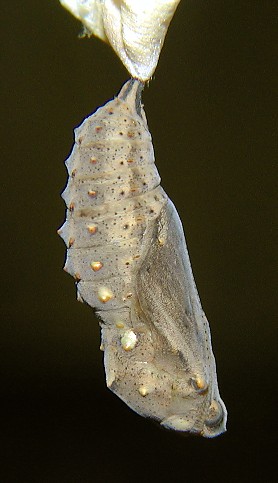 The flow of our class went well this week. I would not say that it was our best flowing class but by no means was it bad. As I mentioned before, the students were extra excited to begin with this week and then to boot, this was the first week that we incorporated videos in our lesson. (The kids loved watching the videos and wanted to see more.) As a result the kids became even more excited which became obvious in their transitions from their desks to the circle area and vise versa. This however, was a great learning experience for me and will help me think to remind the students about the expectations we (or the teacher) have regarding good behavior. In future lessons, we will know and be able to keep in mind how excited the students get about videos and will address the expectations that are to upkeep during transitions and viewing periods before making any moves. Even with the students' elevated excitement levels, I would have to say that the lesson went well overall.
The flow of our class went well this week. I would not say that it was our best flowing class but by no means was it bad. As I mentioned before, the students were extra excited to begin with this week and then to boot, this was the first week that we incorporated videos in our lesson. (The kids loved watching the videos and wanted to see more.) As a result the kids became even more excited which became obvious in their transitions from their desks to the circle area and vise versa. This however, was a great learning experience for me and will help me think to remind the students about the expectations we (or the teacher) have regarding good behavior. In future lessons, we will know and be able to keep in mind how excited the students get about videos and will address the expectations that are to upkeep during transitions and viewing periods before making any moves. Even with the students' elevated excitement levels, I would have to say that the lesson went well overall.One of the things that we were asked to address in our lesson on Monday was a common misconception that students (people in general) have in relation to caterpillars and chrysalis - or the butterfly life cycle in general. The misconception that we decided would be important to clarify in our lesson is that fact that not all caterpillars form cocoons. The truth is that caterpillars only form a cocoon if it is going to become a moth. Caterpillars that become butterflies form a chrysalis (or pupa). Ironically and rather fittingly, most of the students made comments about the caterpillars forming cocoons which lead us right into our explanation/clarification of the misconception. We took this time to explain to the students that what they observed was actually called a chrysalis which is a protective shell that is hard and smooth and explained that a cocoon is actually soft and fuzzy. Most of the students seemed to come in to this lesson with the misconception that all caterpillars created cocoons and seemed to leave the class with a notion that some caterpillars (like theirs) can create a chrysalis instead. I can't what to see how excited the students get over the butterflies!
No comments:
Post a Comment